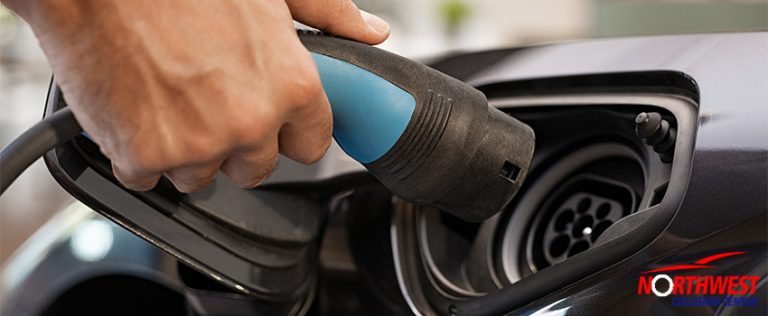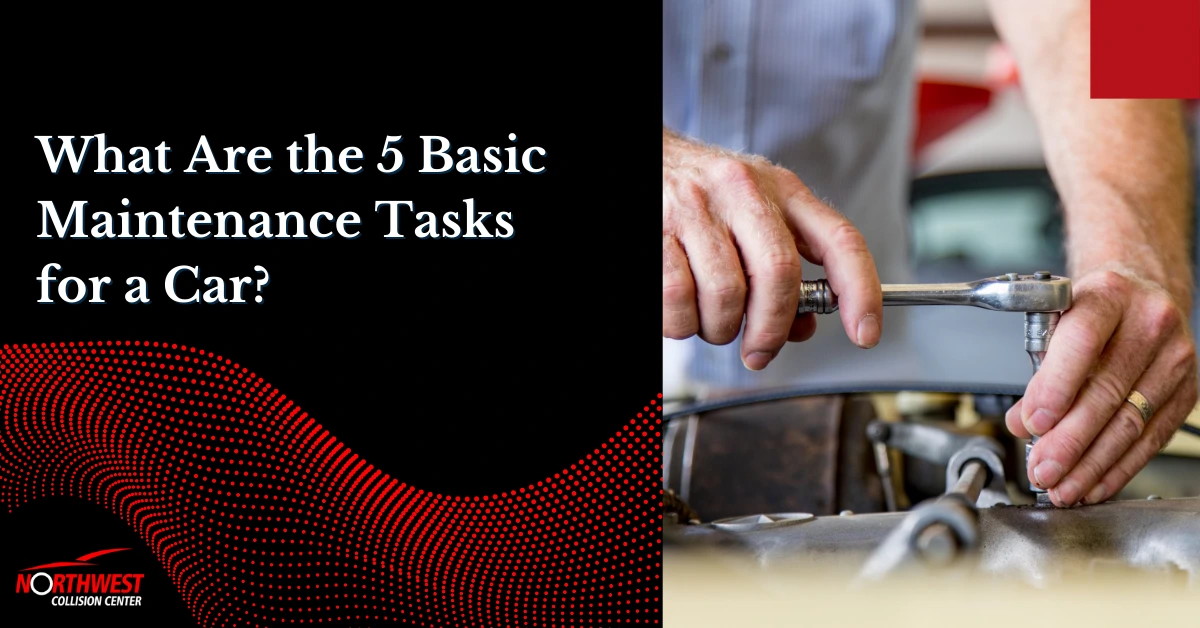As electric cars continue to gain traction worldwide, numerous veteran and fresh drivers alike are looking to make the switch. People are already recognizing the benefits, from environmental contributions to pocket savings. With no tailpipe emissions, you are also contributing to a much cleaner atmosphere for the environment.
Though the upfront cost of an electric car can be a heavy hit on the wallet, the impact of its cost-effectiveness can be felt in the long run, especially in terms of fuel costs, maintenance, and ease of use.
With so many attractive factors to owning an electric vehicle, skeptics have posed their concerns about the safety. Nothing new comes without its undocumented risks — but does the same assumption apply to battery-powered vehicles?
Are Electric Cars Safe?
Safety concerns revolve around the lithium-ion batteries used to operate an electric car, which can catch fire and explode. Being aware of this, car manufacturers are hyper-vigilant in ensuring that batteries are well-protected in a crash-resistant structure and hidden from the usual impact sites. The batteries are also covered by a shroud with coolant liquid, and, since they are typically heavier than those belonging to gas-powered cars, the added weight helps reduce crash chances.
Based on the Fatality Analysis Reporting System’s cases between 1993 to 2013, fire was found in only 2.6% of electric vehicles while being 4.4% from vehicles with internal combustion engines. This proves that electric cars have a lower probability of catching fire.
Additionally, according to articles published by CBS News and ABC News on April 2021, the Insurance Institute for Highway Safety tested new electric vehicles from the most popular car manufacturers (Ford, Volvo, Tesla, and others) and found they do well in six crash tests. They also noted that they can perform at an equal level to traditional cars. According to Highway Loss Data Institute, electric car-related injury claims were 40% lower compared to gas-powered cars.
Are Electric Cars Safe in Floods?
Since electric cars have no engine and no complex gear system, there is no risk of water getting into the engine and destroying it.
Batteries in electric cars are properly sealed off to prevent electrocution. After all, rain is an inevitability. If water droplets were able to seep into the mechanisms powering battery-powered vehicles and destroy a thousand-dollar machine in the slightest drizzle, they would have been discontinued ages ago.
The components of electric vehicles are rated IP66 or higher. IP, short for International Protection, is a rating system that all electric cars must comply with. The first number refers to the sealing protection from dry elements, and the second refers to the wet. Electric cars are generally rated IP66, which is classified as “protected against strong water.” IP65, another typical rating, means it is sealed and protected against low water pressure. This is one reason why electric cars are notably safer than their gas-powered counterparts.
Are Electric Cars Safer Than Internal Combustion Engines?
People are questioning the existence of electric cars because they have already learned how to live and learn with the potential dangers of gas-powered vehicles; however, there are a number of reasons as to why battery-powered vehicles are safer:
- Electric cars have fewer moving parts, exposing them to less risk of breaking down and catching fire. Mechanical failure is a common cause of fire in gas-powered cars.
- There are no flammable liquids. This limits the potential for large-scale explosions.
- The electrolytes that burn in the battery are placed in small packages. If one of them is affected, it is contained, making it easier to protect the electrolyte. This slows down the spread of fire. In gas-powered cars, the gasoline is placed in one large container.
- Electric cars are much healthier for the environment. They do not emit harmful pollutants, thus allowing for cleaner air. This makes them both safe for the driver and for those in their immediate surroundings.
Electric cars are built with safety in mind to meet the strict standards drivers have for gas-powered vehicles. With the evident advantages that come with using electric cars, and as car manufacturers commit to elevating features and enhancing safety measures, electric cars will soon fill up roads worldwide. It is an inevitable transition that stems from dwindling resources.
Aside from knowing the necessary guidelines needed to own and drive an electric car, another must-know that every aspiring owner needs to keep in mind is where to have it maintained and repaired when the need arises. In the event you need a trustworthy and efficient auto body repair shop in St Petersburg, FL, check out Northwest Collision Center. We have a variety of services and a wealth of experience to satisfy all your vehicular queries. Visit our website for more information, or call us up at 727-347-8945. We’ll be more than glad to cater to all your electric and traditional vehicle needs.










